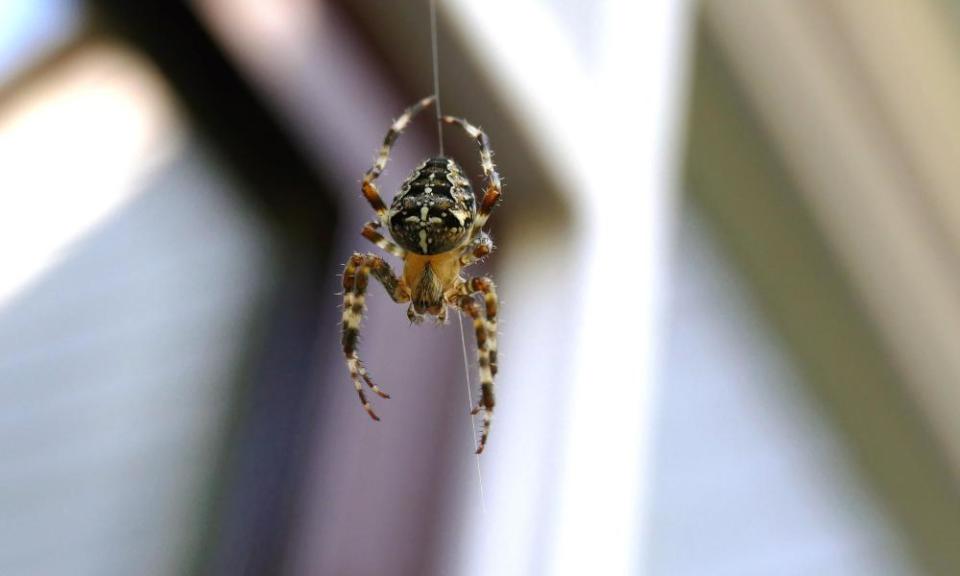'Ballooning' spiders take flight on Earth's electric fields

We humans are only aware of the Earth’s electrical field on stormy days, when the positively charged sky makes a circuit with the negatively charged Earth and lightning flashes between them. Spiders have a more nuanced sense of atmospheric electricity, and can harness it to take flight.
Research from the University of Bristol sheds light on “ballooning”, in which a spider holds on to a single strand of thread that carries them aloft. This feat was always assumed to be a matter of riding air currents by some unknown mechanism; Darwin was puzzled by “aeronaut spiders” reaching the Beagle on gossamer threads 60 miles off South America. Since 2013 researchers have believed electric fields are involved – now they have observed the effect experimentally.
The Bristol researchers showed that in a sealed chamber box with no air currents, spiders took off when an electric field was present, the repulsion on the charged thread providing the necessary lift. When the electric field was turned off, the spiders came back down.
Spiders have tiny hairs called trichobothria that sense electric fields, like human hairs rising in response to static electricity. When a spider senses the field is strong enough, they will climb to a high twig or blade of grass, spin a silken line, and take off.

 Yahoo Movies
Yahoo Movies 